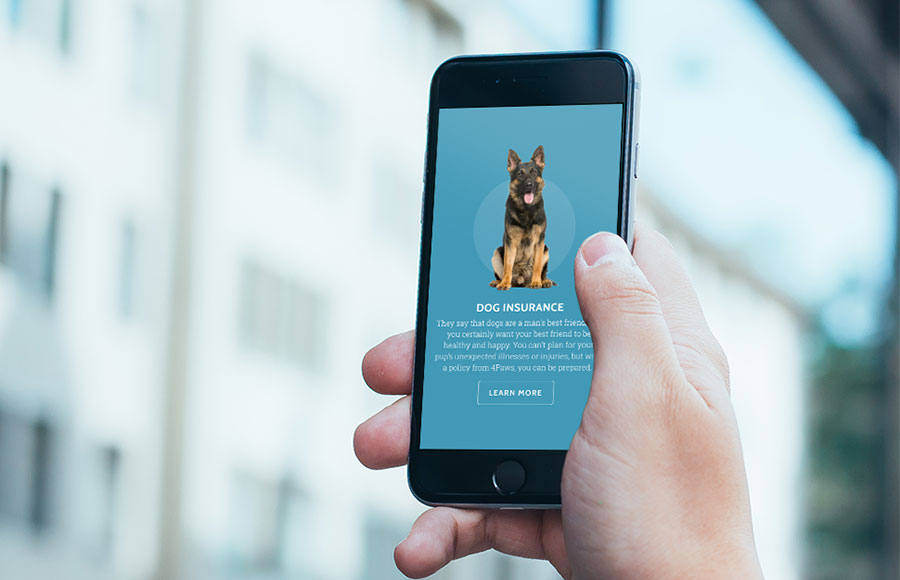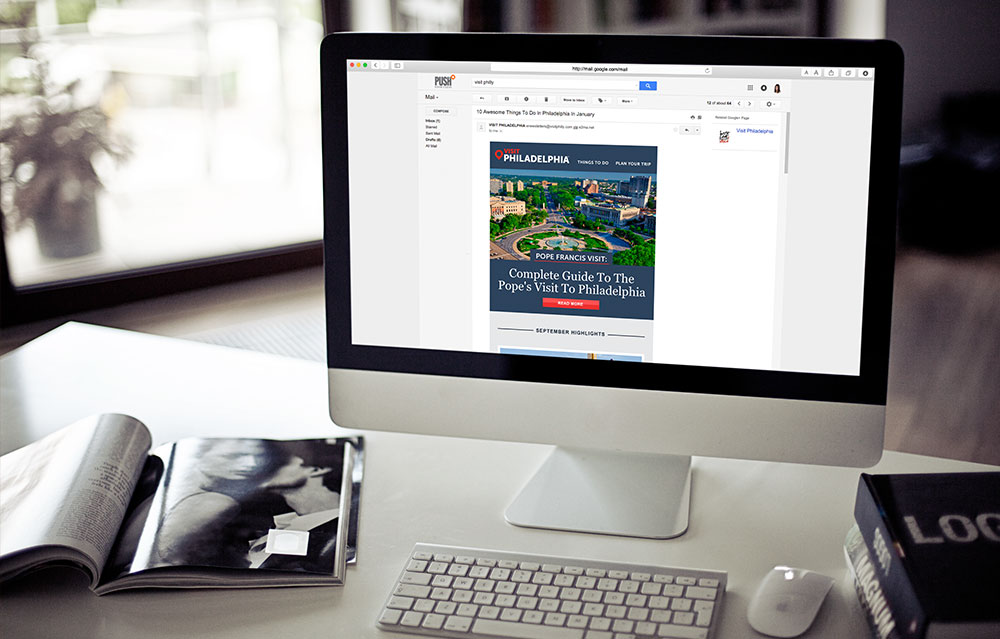February 4, 2016
Generate Qualified Leads with Effective Email Marketing

Why is email one of the most preferred tools of digital marketers? Because it works! See how you can use the power of email marketing to drive your business forward.
Is Email Still King?
For quite some time, email has been one of the most preferred tools of any digital marketer. Over the years, email marketing has received a bit of a bad rap due to excessive spamming and low response rates. However, when done correctly, email marketing is still considered to be a very powerful, cost-effective tool to spread your message.

Building Your List
It’s tough to have success in email marketing if you’re using a sub-par list. What good is sending your message to a million recipients if nobody cares? Most likely, it will do more harm than good. You’ll be reported as spam, experience a high bounce rate and your successful conversion rate will be stuck in the basement. You’re much more likely to experience success with a leaner, more targeted list. So how does one go about generating this list? The answer depends on the size of the market you’re trying to reach.
At Push10, we’ve generated our list organically via the following:
- Newsletter signup form on our website
- Current and past clients
- Current and past prospects
- A manually curated list of “dream clients”
While these techniques work for narrow target markets, they are likely not effective if you’re trying to reach a more significant, diverse audience. To reach a large target audience, you may need to consider purchasing a list. Carefully consider the source, however. Not all list providers are reputable and many are full of bad email addresses. You’ll pay for the list. You’ll pay to send the email. However, when an email bounces, it’s just money down the drain. When purchasing your list, make sure you’re carefully selecting your target market and using a reputable vendor. If not, you’ll just waste a lot of money and might even end up in some hot water.
Getting Your Message Across
Once you have your list, you’ll want to tackle the next step: establishing your messaging, creating your content and forming a content delivery schedule. To establish your message, consider not only the products and services you sell, but consider your brand promise and make sure you’re writing in the appropriate tone.
Make no mistake about it, the creation of quality content is a huge task – one that many underestimate. You’ll need to devote a fair amount of time and resources to generate GOOD copy. “Good” is the key word because there’s already a ton of marginal content on the Internet. With the perceived SEO benefits of content marketing, the era of content proliferation has literally exploded onto the scene. Don’t just follow the herd and push content out into the world. Rather focus on content that is expert, unique, timely and compelling. Unfortunately, that’s easier said than done. You may want to elicit assistance from a professional writer. Just make sure they understand your brand and are writing in a style and tone that’s on target.
Writing a lot of great content is step one, but you’ll need to establish a content delivery schedule to begin spreading your message. While this can seem like a daunting task, be careful not to overthink it. At Push10, we simply use a shared Google Sheet that identifies subject matter, writers, editors, publishers and due dates. You’ll want to review your content calendar on a regular basis and stick to it the best you can. If users have signed up to receive your content, they are expecting to receive it on a regular schedule. Don’t make them wait.
No time to manage your content delivery schedule? Don’t fret. Put your CRM to work for you! Most modern CRMs have the ability to automate your content delivery based on a fixed schedule and/or the actions of your users.
Branded Template Or Plain Email Text?
So which is better – a branded email template or a more simple plain text email? The answer is not cut and dry. At Push10, we use both.
Branded email templates are great because they provide a graphically-rich solution and can build awareness, even if a recipient doesn’t convert. However, branded email templates aren’t perfect. They can come across as “salesy” and users may trash them before reading a single word. They are also more likely to be caught by spam filters.
With a distinct lack of graphics, simple text-based emails aren’t as effective at generating brand awareness, but they do appear more friendly and authentic – especially when paired with personalization. Our advice? Use both and make your decision based on the content you’re delivering at that particular time.
The Best Email Delivery Services
You can’t send thousands of emails from your Gmail address. Thus, you will need to sign up for a professional email delivery vendor such as Campaign Monitor, MailChimp, Constant Contact, Emma, etc. There are simply too many to list. Which one is right for you? Rather than diving deeply into the feature sets of dozens of email vendors, I’ll simply point out that we prefer Campaign Monitor and MailChimp. It’s important to research various vendors based on the following criteria:
- Ability to use purchased lists
- API integration with popular CRM systems
- Fees and pricing models
- Customization, personalization and automation capabilities
If you make the wrong choice or you’re not happy with your service provided, most vendors allow you to export your lists so you’re then able to import your lists into a new system.
Calls To Action
So you’ve built the perfect list, created great content and sent out a beautifully-designed email but nobody clicked or converted. What gives? Did your email ask them to click anything? Was the button prominent? Did you give your users a compelling reason to click? Well-written copy and attractive graphic design is not a silver bullet. At the end of the day, your offer needs to be compelling and users need to know action(s) they should take next. That said, don’t make your offers seem too good to be true. If I were to receive an email saying I won a free Ferrari, I’d immediately assume it was spam and trash it.
A Word About Conversion Rates
Mass email marketing has historically low conversion rates. So why is it so popular and why do marketers consider it to be effective. First, it’s very cost effective when compared to other, more traditional forms of marketing. Even if only 1% of your audience converts, that’s a win and you’ll likely experience an impressive ROI. But what if nobody converts? That could still be considered a win.
At the very least, people have seen your company’s logo and perhaps even read your messaging and/or offer. So even with no clicks, you’ve generated visibility and awareness. It’s important that you don’t quit and stick to your content delivery schedule, even if your analytics reports don’t look so great at first. Perhaps, a few more impressions will do the trick. And if a particular prospect doesn’t want to see your emails, they can always unsubscribe.
Or perhaps when a prospect is finally in the market for your product or service, even if it’s months from now, they might remember your name. Brand awareness and recognition often have a value that’s difficult to measure using qualitative methods – that doesn’t mean the additional visibility doesn’t have significant value. So at the end of the day, don’t get too hung up on conversion rates.
In Conclusion
As you can see, email marketing can be an amazing tool when used correctly. Email marketing is just one tool, however. For the best results, you should use email marketing in conjunction with other marketing tactics, both digital and traditional. If you’re not incorporating email into your marketing mix, you’re likely missing out on a number of benefits that can result in improved user engagement and increased sales – all with lower costs than more traditional methods.
What else goes into the recipe for successful digital marketing?
Check out step 7 of our Seven Steps to Digital Marketing Success series, The Future of Digital Marketing.

